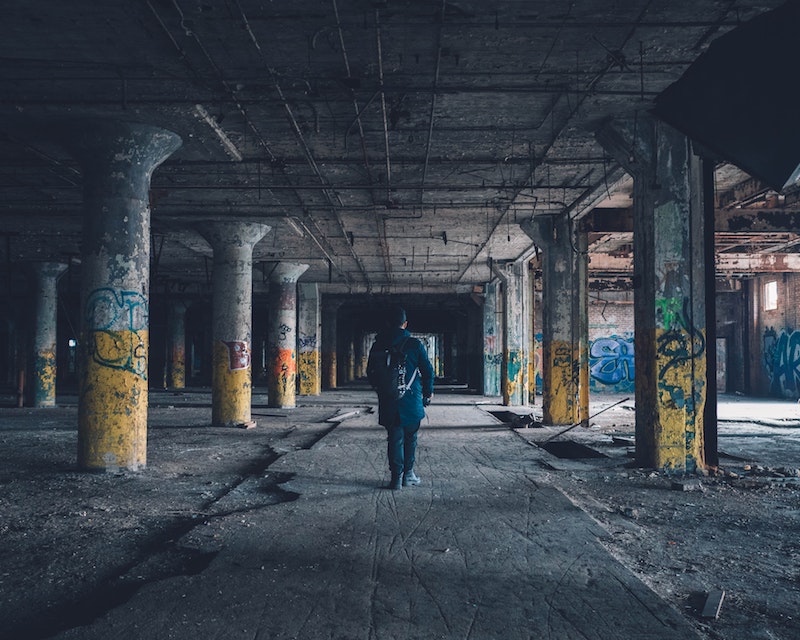
NGOCSTIP – The Hidden Epidemic, human trafficking, is a grave global issue. Millions of individuals, especially women and children, are trafficked every year. Victims are subjected to exploitation and abuse, often in silence. Despite its widespread nature, human trafficking remains hidden in plain sight. The lack of awareness allows this epidemic to thrive undetected. Raising awareness about the issue is crucial in combating human trafficking. In this article, we explore the scope of human trafficking and how we can work together to end it.
Human trafficking involves the illegal trade of humans for various exploitative purposes. These include forced labor, sexual exploitation, and domestic servitude. Victims are often manipulated, coerced, or deceived into such situations. The process of trafficking includes recruitment, transportation, and exploitation. Traffickers prey on vulnerable individuals, exploiting their desperation or lack of resources. Human trafficking can affect anyone, regardless of age, gender, or nationality.
Human trafficking is a global crisis that impacts every country. The International Labour Organization reports that millions of people are trafficked every year. While women and children are often the primary targets, men also remain vulnerable. Victims are trafficked for various reasons, such as forced prostitution, illegal labor, and child soldiering. Many trafficked individuals end up working in industries like agriculture, manufacturing, and construction under dire conditions.
The full scale of human trafficking remains hidden, making it difficult to track and address. Trafficked individuals live under constant threat and fear of their captors. These conditions make it even harder for them to escape or report their situations. Due to the secrecy and control imposed by traffickers, victims often endure severe abuse without the chance for rescue. This shadowy reality highlights the urgent need for awareness, action, and stricter laws to combat human trafficking globally.
Recognizing the signs of human trafficking is crucial in combating this epidemic. Victims often show signs of physical and psychological abuse. They may have unexplained injuries or scars from repeated abuse. Victims often appear fearful, anxious, or submissive when approached. They may also avoid eye contact or show signs of intimidation.
Individuals in trafficking situations may also be isolated from society. They often lack control over their finances and personal documents. In many cases, they are unable to speak for themselves and rely on their traffickers for everything. Recognizing these signs can help prevent further exploitation and save lives.
Technology plays a double-edged role in human trafficking. While traffickers use the internet to exploit and recruit victims, technology also aids in the fight against trafficking. Social media platforms are often used to lure victims into exploitative situations. Traffickers can use these platforms to pose as recruiters for fake job offers, promising a better life abroad.
On the other hand, technology has also facilitated the creation of databases to track human trafficking activity. Law enforcement agencies use advanced technology to investigate and prosecute traffickers. Organizations like the National Human Trafficking Hotline provide a platform for victims to report abuse safely.
“Read more: Transform Your Garage with Clever Wall Storage Solutions”
Combatting human trafficking requires a coordinated effort from governments, organizations, and individuals. Specifically, governments must enforce strict laws to prosecute traffickers and protect victims. Additionally, they should provide support services to help survivors rebuild their lives. Moreover, international cooperation is crucial in identifying trafficking networks and preventing cross-border trafficking.
Furthermore, public awareness campaigns can help educate people about human trafficking and its signs. For instance, schools, communities, and workplaces can host awareness programs to teach people how to identify potential trafficking situations. Similarly, individuals can also play an essential role by reporting suspicious activity to authorities or hotlines.
Non-governmental organizations (NGOs), in particular, are critical in the fight against human trafficking. Many NGOs offer legal, medical, and psychological support to trafficking survivors. They also work to raise awareness, provide training, and advocate for stronger laws. Thus, everyone must contribute to the fight against human trafficking.
Ending human trafficking requires global collaboration, government action, and community awareness. No single person or organization can accomplish this alone. Governments must enforce laws, provide victim support, and ensure traffickers face consequences. Communities must stay alert and recognize the signs of trafficking. Public awareness plays a crucial role in prevention. By educating individuals, offering resources, and reporting suspicious activities, we can take significant steps toward ending this crime. Everyone has a role to play in eliminating human trafficking. Together, we can stop this violation of human rights and change the lives of millions of victims.